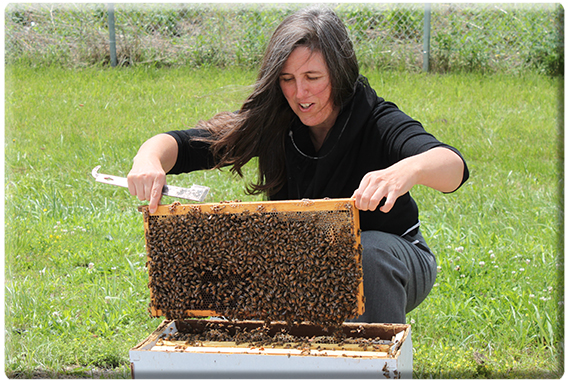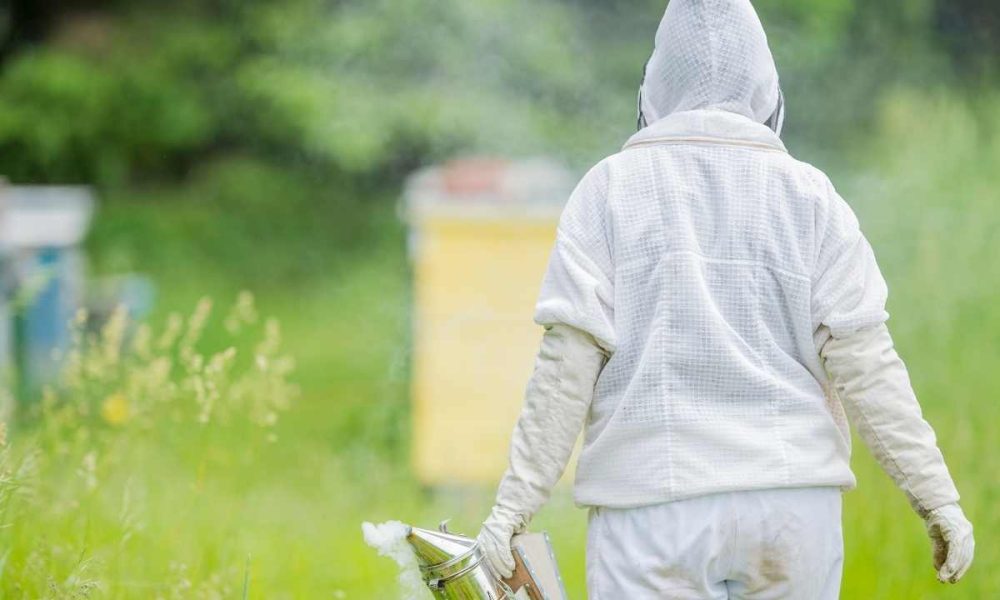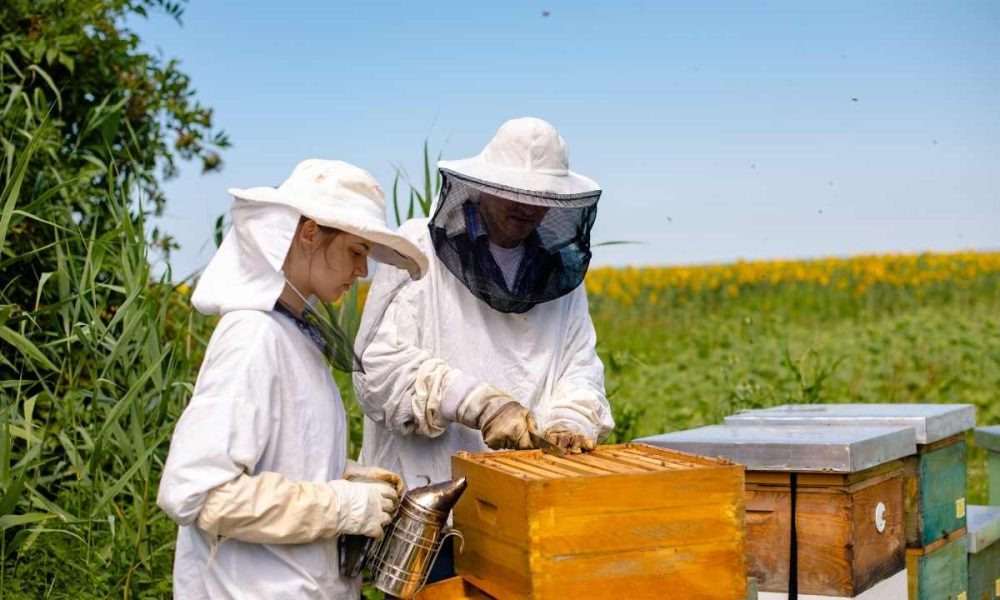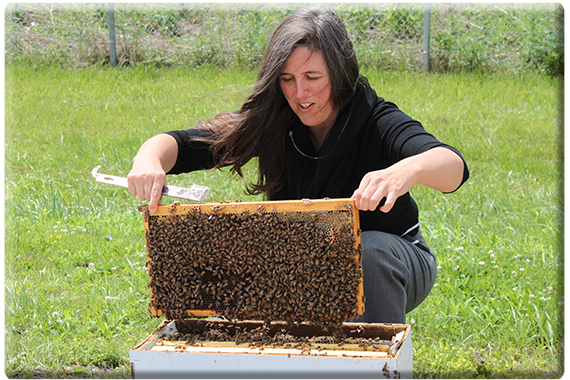
Are you fascinated by bees and their intricate social behavior? Maybe you’re a beekeeper looking to expand your knowledge on swarm tactics. Swarming is a natural process for honeybees, but it can also be an opportunity for beekeepers to increase the size of their apiary or split hives for better management. However, capturing a swarm or splitting a hive requires careful planning and execution. In this article, we’ll cover the essential tips and techniques for mastering the art of swarm trapping and hive splitting.
Understanding bee behavior and swarming patterns is key to successful beekeeping. Bees have evolved over thousands of years to live in highly organized colonies with specific roles and responsibilities for each member. When the colony becomes too large, overcrowded, or feels threatened by diseases or predators, bees will initiate the swarming process as a way to start new colonies. As a responsible beekeeper, it’s important to anticipate swarm season and be prepared with the right tools and equipment to capture swarms safely without harming bees or damaging property. Let’s dive into how you can prepare yourself for swarm season and learn effective techniques for trapping swarms like a pro!
Understand Bee Behavior and Swarming Patterns
If you’re looking to become a successful beekeeper, it’s essential to understand how bees behave and why they swarm. Bee colony dynamics are complex, and understanding them is crucial if you want to prevent swarming in your hives. When bees swarm, they leave their hive in search of a new home. This can be detrimental to the health of the hive as it weakens its population. To prevent this from happening, beekeepers need to understand the behavior patterns that lead up to swarming.
Swarm prevention strategies involve monitoring hive activity and recognizing when colonies are ready to split. Bees typically swarm during the spring or early summer months when there is an abundance of food and favorable weather conditions. By monitoring your hives for signs of overcrowding or queen cell production, you can take action before your bees decide to leave on their own. Understanding bee behavior is critical for successful beekeeping, but preparing for swarm season is equally important in ensuring healthy hives throughout the year.

Preparing for Swarm Season
You’re getting ready for the upcoming season where bee colonies will start to divide and expand, and it’s helpful to know that in a healthy hive, around 60% of bees will be worker bees. As a beekeeper, you need to prepare yourself and your hives for this busy time. One way to do this is by focusing on swarm prevention. Keep an eye out for signs of swarming such as increased drone activity or the queen laying eggs in multiple cells instead of just one. Make sure your hives have enough space and resources so that they don’t become overcrowded.
Early detection is key when it comes to swarm prevention. Regular inspections will help you identify any potential problems before they escalate into a full-scale swarm. By catching issues early on, you can take corrective action such as adding more supers or frames to provide additional space for the growing colony. Remember that prevention is always better than cure when it comes to beekeeping! Now, let’s move on to discuss some effective swarm trapping techniques that can help you catch swarms before they get away from you.
Swarm Trapping Techniques
Learning effective swarm trapping techniques can help you become a more knowledgeable and successful beekeeper, as it allows you to catch swarms before they become unmanageable. Here are some tips to help you with swarm trapping:
-
Use a swarm lure: A good lure will mimic the scent of an active hive, attracting swarming bees to your trap.
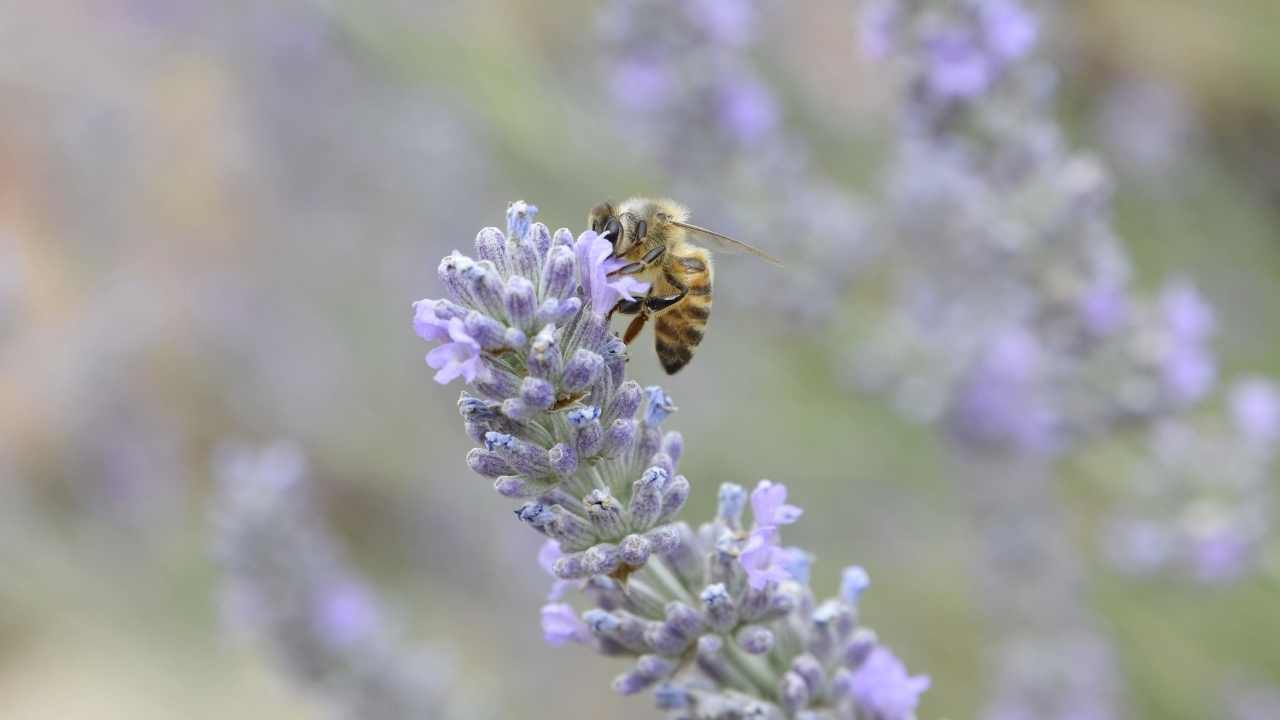
-
Set up bait hives: Bait hives placed in strategic locations can increase your chances of catching a swarm. Make sure they are well-ventilated and have enough space for the bees.
-
Monitor regularly: Check your traps at least once a week during swarm season to see if any bees have moved in.
-
Join beekeeper networking groups: Sharing resources and information with other beekeepers can be invaluable when it comes to successful swarm trapping.
Now that you know how to effectively trap swarms, it’s important to understand the basics of hive splitting.
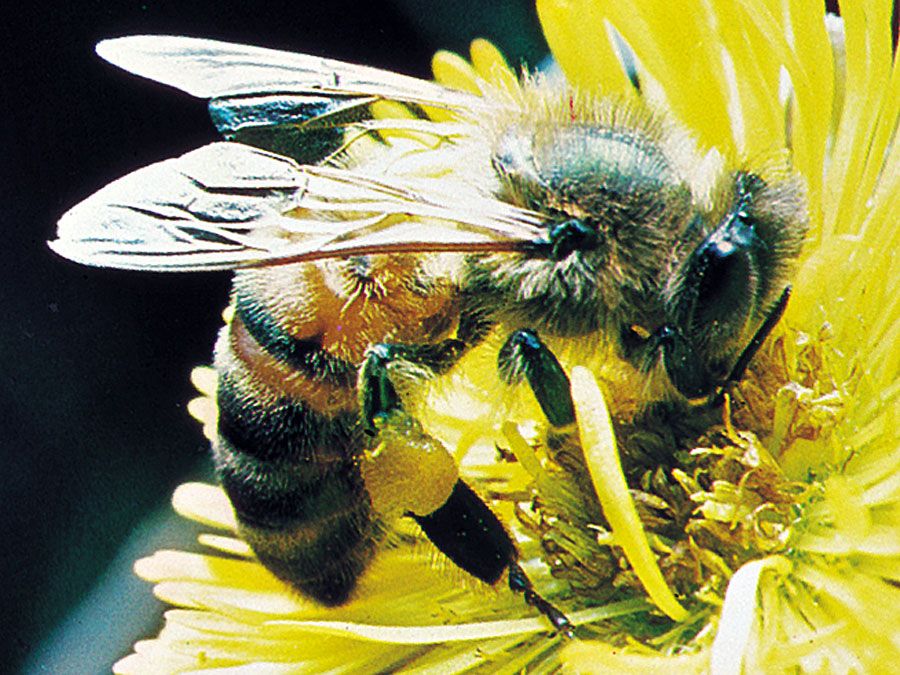
Hive Splitting Basics
If you’re a beekeeper, knowing the basics of hive splitting is important. There are several reasons why you might want to split your hives, including increasing colony numbers and preventing swarming. Timing is also crucial when it comes to hive splitting – you’ll need to choose the right time of year to ensure success. And finally, there are several techniques you can use for splitting hives, so it’s important to know which ones will work best for your situation.
Reasons for Splitting Hives
Separating colonies is a sensible solution to stimulate sustainability. There are several advantages to splitting hives, including the fact that it can help prevent swarming, increase honey production, and reduce the risk of disease and pests. By dividing a strong colony into two or more smaller ones, beekeepers can create new queens and colonies that will thrive on their own. This means that if one colony fails for any reason, there are others to take its place.
However, there are also some disadvantages to hive splitting. It can be stressful for the bees as they adjust to their new surroundings and queen. Additionally, it requires extra time and effort from the beekeeper to properly divide the hive and ensure each new colony has enough resources to survive. Despite these potential drawbacks, the benefits of hive splitting often outweigh the costs in terms of increased productivity and overall health of the bees. Now let’s move on to discussing when is the best time to split your hives for optimal success.
Timing of Hive Splitting
Now that you understand why hive splitting is necessary, it’s important to know the timing for it. Best practices dictate that hives should be split before they become too populous and swarm on their own. This means splitting in the spring or early summer when colonies are at their strongest and most active.
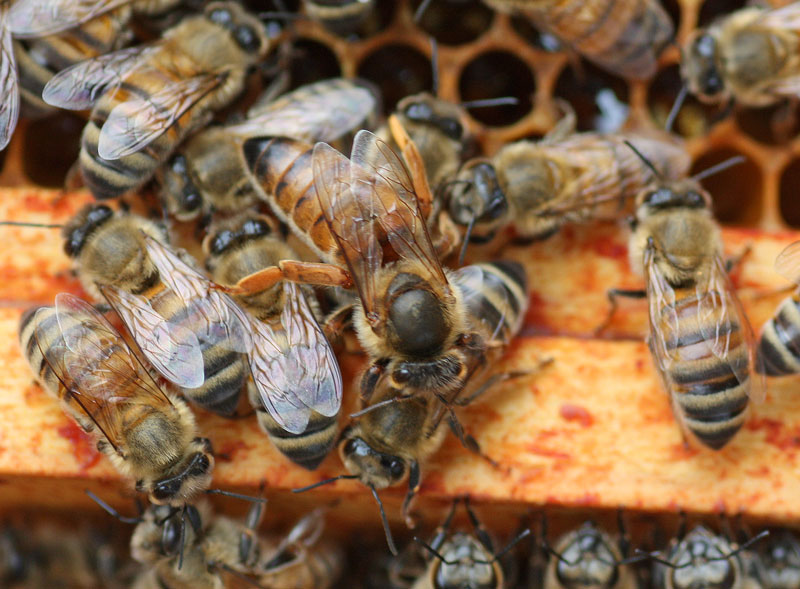
However, there are several factors to consider when deciding on the best time for hive splitting. Weather conditions play a significant role as splits should be done during warm weather with no rain in sight. It’s also essential to assess colony strength before dividing them as weaker colonies may not survive a split. Common mistakes include waiting too long to perform a split or doing it too early, both of which can result in negative consequences for the hive’s health and productivity. By following these guidelines, you can ensure a successful hive split that will benefit both your bees and your beekeeping operation.
- You don’t want your hives to become overcrowded
- Splitting in spring or early summer is ideal
- Consider weather conditions before performing a split
- Always assess colony strength beforehand
With all of this information in mind, let’s move onto some techniques for splitting hives without causing harm or stress to your bees.
Techniques for Splitting Hives
Let’s explore some practical techniques to safely divide your bee colonies and ensure their continued health and productivity. Before splitting, it’s important to assess the colony’s strength and queen management. The colony should have a strong population with plenty of bees and a healthy queen. If the queen is old or not producing well, consider replacing her before splitting.
When dividing the hive, there are several methods to choose from depending on your preference and beekeeping style. One popular method is called the "walk away split," where you simply move half of the frames with brood, honey, and pollen to a new location several yards away. Another option is the "artificial swarm," where you create two separate hives by physically moving one queen and half of the bees into a new hive box. Whichever method you choose, be sure to provide each new hive with ample food stores, including honey reserves, so they can continue to thrive on their own.

As you split your hives, keep in mind that maintaining healthy hive populations requires ongoing care and attention. In order for both halves of the divided colony to prosper, they will need regular checks for disease or pests as well as adequate food sources throughout the year. By practicing good beekeeping habits like this, you’ll help ensure that your bees stay productive and happy for years to come!
Maintaining Healthy Hive Populations
To keep your bee colonies thriving, you’ll need to stay on top of their health by regularly checking for signs of illness and addressing any issues before they become a bigger problem. Preventing overcrowding is one important aspect of maintaining healthy hive populations. If the colony becomes too crowded, it can lead to swarming and a decrease in honey production. To prevent this, make sure there is enough space in the hive for the bees to move around freely. You may need to add additional boxes or frames to accommodate their growth.
Monitoring brood patterns is another crucial part of maintaining a healthy hive population. The brood (the developing stages of bees) should be evenly distributed throughout the frames and there should be no signs of disease or parasites affecting them. Regularly inspecting the brood will help identify any issues early on so that they can be treated quickly before they spread and cause more harm to the colony. By keeping your bee colonies healthy, you’ll not only ensure their survival but also increase your chances of maximizing honey production as we’ll discuss in the next section.
Maximizing Honey Production
If you want to maximize your honey production, there are three key points that you should focus on: harvesting honey safely, extracting and storing honey properly, and marketing your honey products effectively. To ensure that you can harvest your honey without any mishaps, make sure to wear protective gear like a bee suit and gloves. When it comes to extracting and storing your honey, invest in quality equipment such as an extractor and food-grade containers. Finally, for marketing your product, consider creating a website or social media presence to showcase the benefits of your unique blend of local honey.

Harvesting Honey Safely
Ensuring proper safety measures are taken during the honey harvesting process is crucial for both the beekeeper and the bees. Before starting, it’s important to wear protective clothing such as a bee suit, gloves, and a veil to avoid getting stung by the bees. Additionally, using a bee smoker can help calm down the bees and make them less aggressive during the process.
After harvesting, cleaning and sanitizing equipment is also important to prevent contamination of future batches of honey. Make sure to clean all tools used in the extraction process thoroughly with hot soapy water and sanitize them with bleach water solution or another approved sanitizer. By taking these necessary precautions, you can ensure that your honey will be safe to consume while keeping yourself protected from any potential harm.
When it comes to extracting and storing honey, there are several different methods that can be used depending on personal preference.
Extracting and Storing Honey
Now that you have safely harvested your honey, it’s time to move on to the next step: extracting and storing it. There are several methods for extracting honey from the comb, including using a manual or electric extractor or crushing and straining the comb. The method you choose will depend on the amount of honey you’re harvesting and the equipment available to you.

If using an extractor, make sure to follow the manufacturer’s instructions carefully. Generally, this involves spinning frames of honeycomb in a centrifuge-like machine to extract the honey without damaging the wax comb. Crush-and-strain methods involve cutting open cells with a knife or fork and then filtering out wax particles using cheesecloth or other fine mesh materials. Once extracted, it’s important to store your honey properly in order to retain its quality and flavor. Tips and best practices for storing honey include keeping it in a cool, dry place away from direct sunlight, minimizing exposure to air by sealing containers tightly, and avoiding moisture buildup by not refrigerating your honey.
As you move forward with marketing your honey products, remember that high-quality extraction methods and proper storage techniques can help distinguish your product from others on the market.
Marketing Your Honey Products
Once you’ve got that sweet, golden honey extracted and stored properly, it’s time to start thinking about how to market your delicious product and share the sweet taste of nature with others. One important aspect of marketing your honey products is creating a strong brand identity for your business. This includes developing a unique logo, packaging design, and label that accurately represents the quality of your honey and sets it apart from competitors. Make sure to use high-quality materials for packaging and labeling, as this will reflect positively on the perceived value of your product.
Another effective sales strategy is building relationships with local businesses and farmers markets in your area. Attend events, offer tastings, and collaborate with other vendors to increase exposure for your honey products. Consider offering discounts or promotions during peak seasons or holidays to encourage repeat customers. Additionally, utilizing social media platforms such as Instagram and Facebook can be a great way to showcase your products visually and connect with potential customers online. By combining effective branding strategies with creative sales tactics, you can successfully market your honey products and share the sweetness of nature with others.
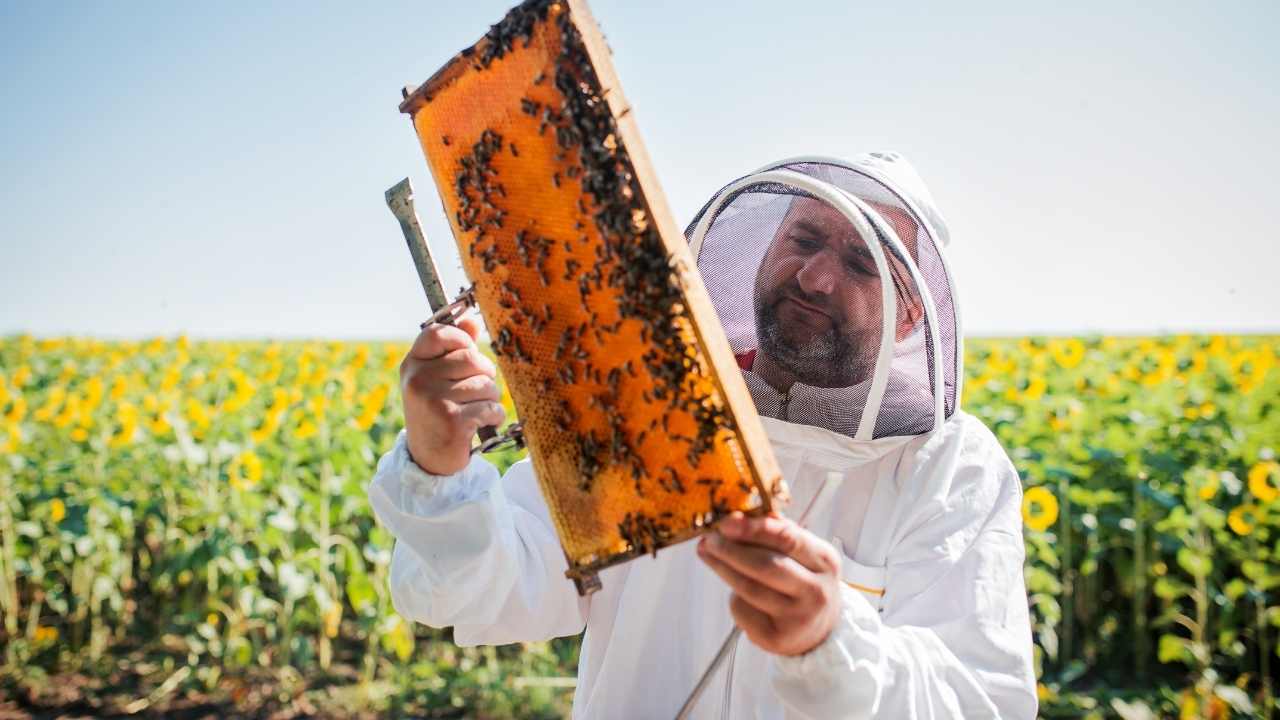
Frequently Asked Questions
What is the best time of day to set up a swarm trap?
When it comes to setting up a swarm trap, the optimal positioning and bait preferences can greatly increase your chances of success. The best time of day to set up a swarm trap is early in the morning or late in the afternoon when bees are most active. Make sure to place the trap in an area with plenty of sunlight and away from any strong winds or rain. As for bait, using a combination of lemongrass oil and old comb can be especially appealing to swarming bees. Remember that patience is key when it comes to trapping swarms, so don’t give up if you don’t see immediate results. With the right positioning and bait choices, you’ll be able to attract and capture those elusive swarms in no time.
How do you select the location for a swarm trap?
When selecting the perfect location for your swarm trap, it’s important to consider a few key factors that can greatly affect its success. First, choosing bait that is particularly attractive to swarms will increase your chances of capturing one. Additionally, scouting locations where swarms are known to frequent, such as near water sources or in areas with dense vegetation, can also improve your odds. However, it’s important to keep in mind the various factors that can influence swarm behavior and location suitability – such as weather patterns and human activity in the area – when making your selection. By taking these considerations into account and carefully choosing the right spot for your trap, you’ll be well on your way to mastering the art of swarm trapping.
Is it necessary to wear protective clothing when performing hive splitting?
When it comes to hive splitting, wearing protective clothing during the process has its pros and cons. On one hand, protective clothing such as a bee suit or gloves can prevent painful stings and protect you from potential allergic reactions. However, on the other hand, wearing too much protective clothing can hinder your mobility and make it difficult to handle the bees properly. If you choose not to wear protective clothing, there are alternative methods available such as smoking the bees to calm them down or using a non-invasive hive tool. Ultimately, whether or not you wear protective clothing during hive splitting is up to personal preference and comfort level with handling bees. It’s important to weigh the pros and cons before deciding what method works best for you.
Can you split a hive multiple times in a single season?
If you’re looking to increase your bee colony, hive splitting can be a great way to do it. Not only does it benefit the overall health of the hive, but it also allows for managing queen production. By splitting a hive multiple times in a season, you can create new colonies and prevent overcrowding in existing ones. This helps promote better productivity and reduces the risk of swarming. Additionally, managing queen production through hive splitting allows for more control over genetics, which can lead to stronger and more resilient colonies. So if you’re looking to expand your apiary or just want to keep your bees healthy and productive, consider the benefits of hive splitting and how it can help manage your queen production.
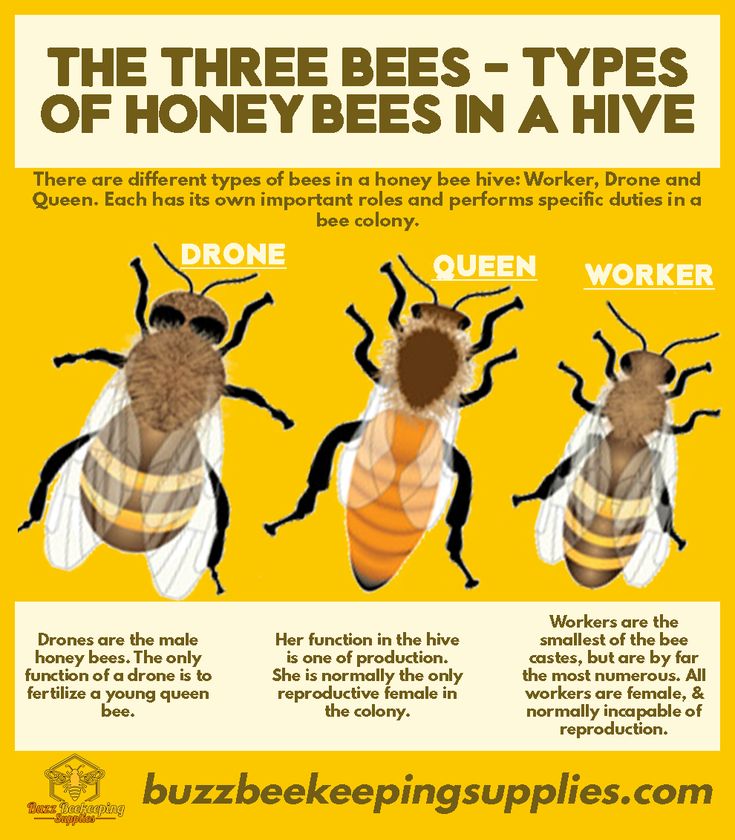
How do you know when it’s time to harvest honey from a hive?
Knowing when to harvest honey from a hive is crucial in beekeeping. Harvesting techniques vary depending on the beekeeper’s preference and the equipment used. One common method is using an extractor, which separates honey from the comb by spinning it. Another technique involves crushing the comb and straining it to remove impurities. To determine when it’s time to harvest, inspect the hives regularly and look for signs of capped honey cells, which indicate that the bees have finished storing nectar and are ready for extraction. It’s important not to wait too long as overripe honey can ferment or attract pests. Remember to leave enough honey for the bees to survive during winter months, typically around 60-80 pounds per hive depending on location and climate.
Conclusion
Congratulations! With your new knowledge of swarm tactics, you are ready to take on the world of beekeeping. Understanding bee behavior and swarming patterns is crucial in preparing for swarm season. By mastering swarm trapping techniques, you can ensure that you catch swarms before they leave your hives and build up healthy populations in your apiary.
In addition, hive splitting basics will allow you to expand your bee colonies and maintain their health for maximum honey production. Remember to always prioritize the well-being of your bees by checking on them regularly and providing proper care. With dedication and hard work, you can become a successful beekeeper and enjoy the sweet rewards of honey-making. Happy beekeeping!

Roger Thomas is a seasoned beekeeper and hive architect with a deep-seated passion for sustainable living. His fascination with bees has shaped his professional career, giving him practical and theoretical expertise in bee behavior, colony health, and optimal hive conditions. Roger’s technical skills shine in his bespoke hive creations that cater to the specific needs of diverse bee species, while his sustainable practices promote environmental balance and the wellbeing of the bee population.
As he continues his journey in beekeeping, Roger has become a dedicated advocate for responsible practices and an insightful educator in his field. His posts aim to inspire new beekeepers, underline the importance of sustainability, and showcase the remarkable contribution bees make to our ecosystem. Roger invites you to join him as he delves into the world of bees and the rewarding, honey-sweet art of beekeeping.
